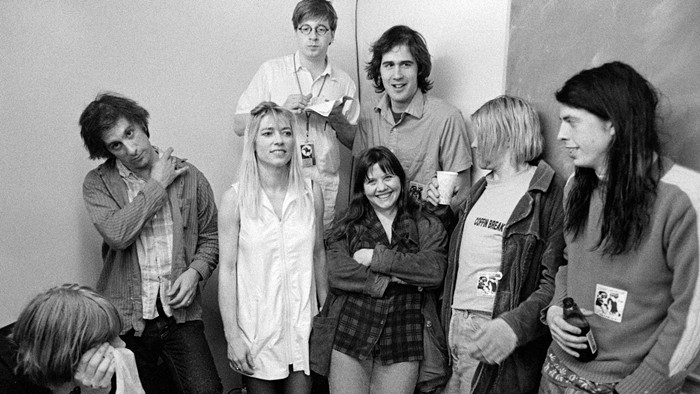Audio Culture coeditors Christoph Cox and Daniel Warner range boldly and widely, embracing noise ("The Beauty of Noise: An Interview with Masami Akita of Merzbow"), soundscape listening ("The Music of the Environment" by acoustic-ecology pioneer R. Murray Schafer), minimalism (Steve Reich's "Music as a Gradual Process" and "Thankless Attempts at a Definition of Minimalism" by Kyle Gann), glitch (Kim Cascone's "The Aesthetics of Failure: 'Post-Digital' Tendencies in Contemporary Computer Music"), plunderphonics (Chris Cutler's landmark "Plunderphonia"), and collective music making ("A Scratch Orchestra: Draft Constitution" by Cornelius Cardew).
Audio Culture passes the test of a good music book: It's easy to read, insightful, and inspiring. My only minor gripe is that the book should have included illustrations. I shouldn't have to exhume my copy of the obscure and short-lived magazine Music to peruse the illustrations of sutured LPs and sabotaged CDs discussed by Christian Marclay and Yasunao Tone in "Record, CD, Analog, Digital."
I'm also keen on James Harley's Xenakis: His Life in Music (Routledge). This absorbing book guides listeners through the startling sonic galaxies of Iannis Xenakis (1922-2001), whose compositions pioneered granular synthesis, interactive musical games (years before John Zorn's COBRA), electro-acoustic and computer-generated music (1962's Bohor foreshadowed Japanese Noise), and the translation of higher mathematics (set theory, combinatorics, gas diffusion, "random walks," etc.) into music. Harley not only decrypts the structure of Xenakis' music into everyday language but addresses major themes in Xenakis' work: Greek mythology, violent defiance, and the Humanistic application of scientific principles to music.
Ben Boretz' and J. K. Randall's labyrinthine Being About Music: Textworks 1960-2003 (Open Space) is a heady, abundant agglomeration of essays, masterly reviews (reprinted from the Nation), scores, poems, dialogues, experimental music notation, and other unclassifiable material. You won't find this arcane-yet-arresting two-volume set at any bookstore (check www.the-open-space.org), however this collection, a parallel universe of musical experiment- ation in book form, is worth seeking out.


















